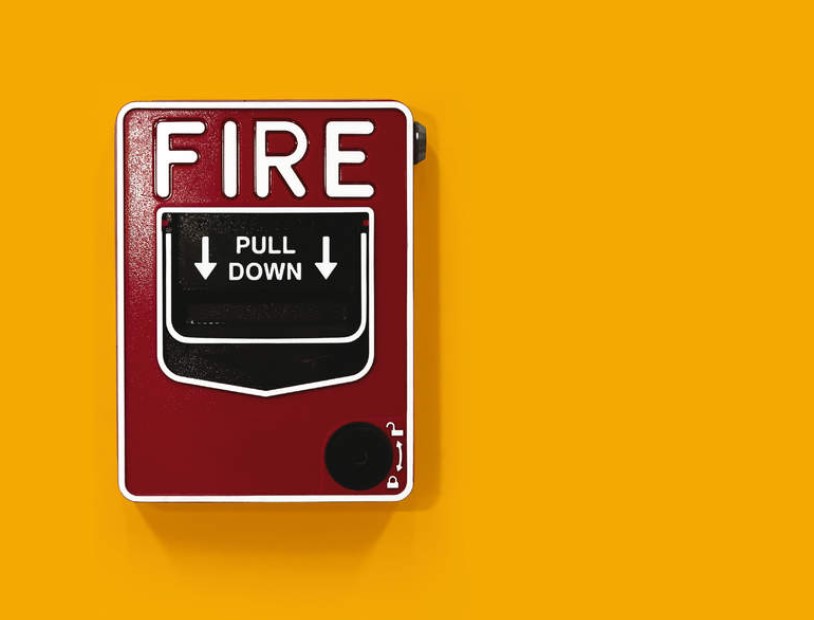
Saline Area Schools in Michigan has many students with special needs as well as students enrolled in adult education and life-skills programs. The district recently updated safety alerts district-wide to ensure important announcements about school lockdowns or tornado warnings, which are common in the region, are effectively communicated to all students, no matter their auditory and visual needs.
“We needed to make sure that we had something that could reach everybody under all circumstances,” says Jay Grossman, the district's director of technology. To do that required addressing diverse student needs with effective technology and communication.
Here’s some of the best practices for increasing safety accessibility that Grossman learned in the process.
Provide Various Visual and Auditory Options
Grossman used InformaCast to create an accessible alert system. The district also utilized speakers from Network Design, some of which come with a three-strobe light alert system. The district also developed a color-coded emergency strobe light system.
"Blue means all clear, red means a lockdown. But if you're colorblind and can't discern that, then you also are trained that if the left light is on, it’s a lockdown, right light, it’s not,” Grossman says.
Text messages will also appear on various screens, providing students with instructions, while auditory signs provide students who can’t see with verbal cues blurted from emergency speakers.
These alerts also take into account unique situations students might find themselves in while at school. For instance, the district has some spaces that are potentially loud enough to drown out the sound of an alert, including welding rooms and various music rooms. All these unique situations have been taken into account.
“In the welding rooms, what we've done is run conduits down above the welding stations and place the strobe lights right above their heads, so that when they're down working with their helmets, and welding, at least out of their peripheral they’ll see some sort of flash going off to indicate ‘Oh, hey, something is going on,’” Grossman says.
Test Tech and Get Teacher & Student Feedback
Once you have an inclusive alert system in place, it’s important to educate faculty and students on how it all works. Students need to learn, for example, that the left light indicates a lockdown while the right means all clear.
It's also important for district leaders to obtain school community feedback once new alert systems are implemented, Grossman says.
For example, during the drill and feedback portion of the implementation process, Grossman and his team learned the proper alert volume for different spaces. Because the district is using speakers that have individual volume controls, they were able to make sure each area had the appropriate volume.
“So if a teacher said, ‘They didn't hear it, because the class was loud, or they were in a hallway,' something like that, or 'They heard something soft or muffled,' we could bump it up,” he says. “Or if it's in a quiet room that's always quiet, maybe we don't have it blasting at 10.”







